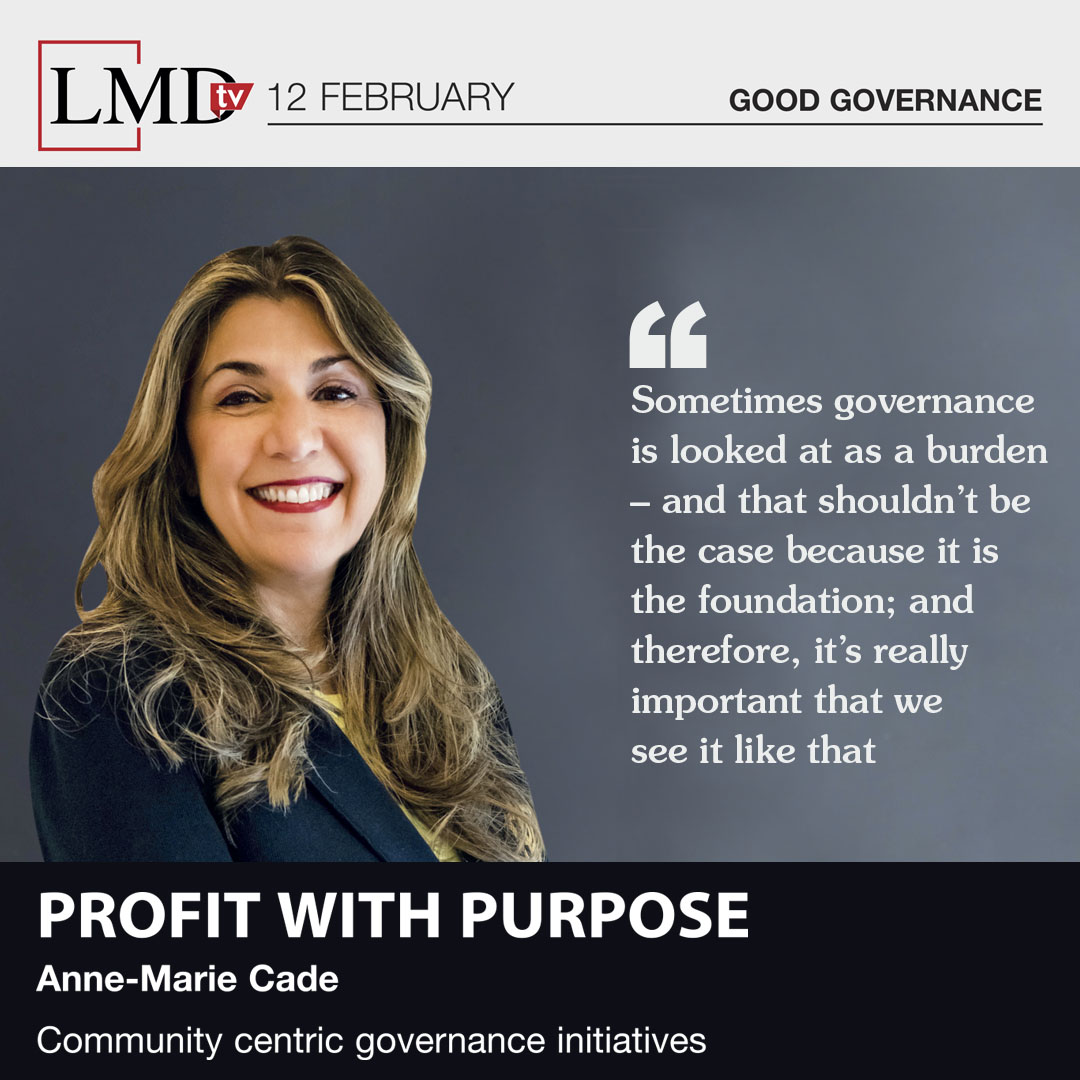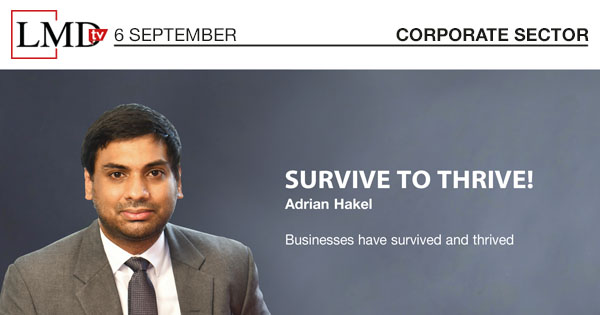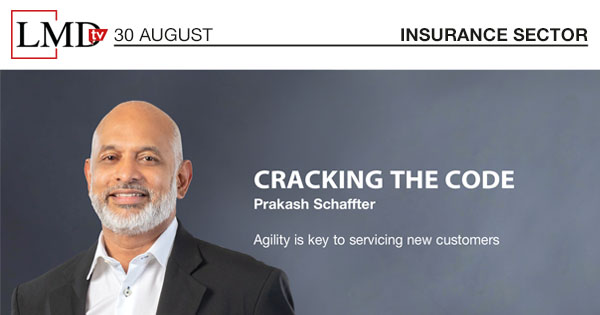“Port City Colombo is a master planned city development that on completion will be a vibrant business city coupled with world-class living and residential facilities,” CHEC Port City Colombo’s Director of Investment Promotions and Marketing Radika Obeyesekere explained, on a recent edition of LMDtv.
Potentially Sri Lanka’s largest foreign direct investment (FDI) and infrastructure development, the Port City’s initial development phase is due to be completed, which includes basic infrastructure such as roads, walking paths and utilities.
“We’re looking to move on to the development of the Colombo International Financial City (CIFC),” she revealed, adding that it will – among other things – “host Sri Lanka’s first downtown duty-free,” which is scheduled to be launched in June.
Sri Lanka is in urgent need of FDI and Port City Colombo is geared to bring in much-needed investments going forward. In addition to economic injections, the project is expected to create approximately 400,000 jobs during its construction phase and around 150,000 jobs when it is operational.
It will also be looking to renew the waned trust of the international business community when it comes to the island’s ease of doing business. The project is governed by the Colombo Port City Economic Commission Act No. 11 of 2021, which provides the legal and regulatory framework, and addresses all matters relating to the ease of doing business for investors and companies coming on board.
In addition, the development will also be equipped with a dedicated International Commercial Dispute Resolution Centre.
Former UK prime minister David Cameron recently visited the Port City, boosting its prospects and credibility. Obeyesekere anticipates more high profile visits as optimism and interest spike: “We are now aggressively marketing the project, focussing on our key markets.”
The Port City recently marked a noteworthy milestone when a Sri Lankan offshore company established itself on the reclaimed land for the first time.
While noting that people’s confidence is increasing, she shared her hope that with several pending key regulations set to be introduced, corporates will enjoy more incentives that are designed to encourage them to invest in the Port City.
She explained one such potential benefit: “There are many transitional provisions in the act. For example, we will permit those who come on board and are taken on as authorised persons to operate from outside the Port City for up to five years until their development is in place.”
“So they will operate from outside but still avail themselves of all the benefits and incentives that go alongside the Port City as a special economic zone,” she added.
And Obeyesekere asserted that “the Port City is really a project for the future – the greatest potential of the project will be reaped by the next generation of Sri Lankans.”
She elaborated on its impact on the people: “The project has been structured in a manner that creates potential not only in terms of employment opportunities but the overall upliftment of the workforce and industry.”
The city is poised to attract top names in a number of key sectors such as the Googles and IBMs of the world, and anticipated to be synonymous with Sri Lanka’s economic recovery.
Obeyesekere emphasised: “Foreign direct investment is the order of the day and what we need to really help Sri Lanka out of the current crisis – that’s basically what the project is about.”
“For our youth, it means that the opportunities are now at your doorstep as opposed to having to leave the country,” she explained, adding that the project could also serve as a reason for talented Sri Lankans overseas to return.
Obeyesekere called on the people of Sri Lanka to realise the potential of the Port City and “rise to the occasion in terms of embracing the opportunities presented by the project,” concluding that “it’s here to stay so let’s make the most of it.”






